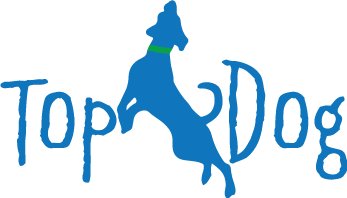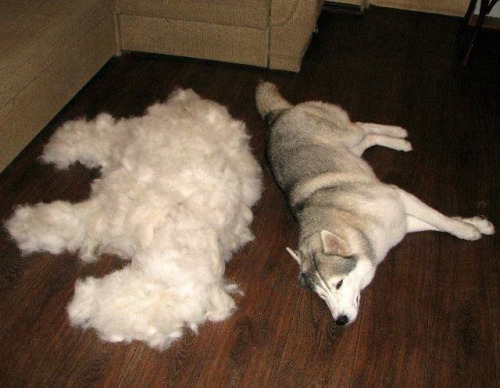I am often asked by prospective dog owners, “What dog can I get that won’t shed?” My answer typically is if you want a dog that does not shed, then don’t get a dog.
If you share your home with a dog, you will have fur to deal with
. . . in my home, it is always present and a constant reminder of how lucky I am to have them in my life.
But seriously, whether it is an issue of allergies to dander or a desire for minimal grooming maintenance and housekeeping, there are lots of breeds that shed less and produce less dander.
First let’s understand some things about dog fur:
- There is no such thing as a completely non-shedding dog.
- Most allergies to dogs are caused by dander (the dead skin they shed) and not by their fur.
- All dogs produce some amount of dander.
- In addition to dander, dogs carry pollen from the outdoors into our homes which can add to the problem.
Why do dogs shed? To understand the answer, it helps to understand the purpose of dog fur.
A dog’s coat is its body’s climate control mechanism. The fur is designed to keep them both warm and cool. And, unlike humans, dogs have multiple hairs growing from each follicle. These follicles have lots of oils that protect their skin and allow them to shed water.
A dog’s coat is made up of three types of fur:
- Undercoat – the soft, thick and down-like hair serving as insulation This undercoat is prevalent in the Northern breeds and dogs that live in cold and/or wet climates.
- Guard hairs – this type of hair is longer, stiff, and glossy protecting the undercoat of double-coated dogs. It protects their skin from the elements.
- Whiskers – the stiff hairs on a dog’s face, used for sensory perception.
As old hairs die or stop growing they are shed to make way for new hairs. How often this occurs is dependent upon several things.
Shedding is somewhat seasonal, particularly in dogs that spend a lot of time outdoors. It is also affected by hormone changes, amount of daylight, the temperature of their environment, nutrition, and general health.
What dogs shed most?
Double-coated breeds shed most and “blow their coats” in the spring and fall. This shedding is normal and necessary for the new coats to grow. Many will continue to shed year round.
Here are some of the heavy shedders:
Northern breeds like Akita, Husky, Malamute, Samoyed
Border collies, Collies, Shelties, Tervurens, Sheepdogs, Corgis, German Shepherds
Golden Retriever, Labrador Retriever, Dalmatian, Beagle, Great Pyrenees, Newfoundland, Pug, Rottweiler
Dogs that don’t shed or shed less
Terriers – Border Terrier, Cairn Terrier, Westie, Yorkie, Scotty, Airedale
Poodle, Schnauzer, Havanese, Maltese, Shih Tzu, Portuguese water dog
Poodle mixes – Goldendoodle, Labradoodle, Cockapoo
Something to note . . . Poodles have been mixed with many dogs in an attempt to create a non-shedding dog. However, not all puppies will carry the hair gene of the poodle, and some may shed just as much as the Labrador or the Golden. Also, and particularly with Goldendoodles, the mixing of the soft undercoat of the Golden and the curl of the poodle can create unforeseen grooming challenges . . . they can get very matted, and need frequent brushing and grooming to maintain the coat.
Jean’s tip for dealing with dog hair . . .
If you want a dog . . . then plan on some fur. Brush them, bathe or groom often, and buy a good vacuum . . . and celebrate all the wonderful ways they add to your happiness!


